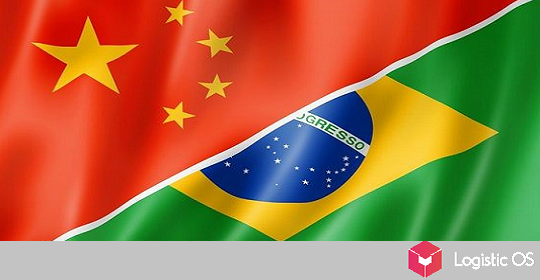Wheat prices have nearly halved since last February, from $13.5 a bushel to $7.3, according to the Chicago Mercantile Exchange.
This is the lowest since October 2021.

Experts attribute such a drop to the fact that there was a decrease in prices for other grain crops. In addition, other factors also played a role.
First of all, this is an increase in supplies to the world market.
Thanks to the “grain deal”, Ukrainian grain was able to increase supply on the world market.
Largely thanks to the same deal and Russian grain, it became easier to find buyers. At the same time, Russia has a very large wheat harvest, a record for all time.
There are also significant stocks from last season. Therefore, there is every reason to expect very large deliveries.
According to the Sovecon agency, expectations for grain exports from Russia this season have been increased to 44.1 million tons.
The current dynamics as a whole confirms this forecast. For example, in January, 3.5 million tons of grain were exported from the Russian Federation, which is higher than the average for January, if we take the values of the last few years.
As for the export of wheat, it now accounts for 88% of the total export of grain. This is significantly more than in January last year, when this figure was at the level of 75%.
Among other things, significant volumes of grain within the Russian Federation put pressure on export prices, so its grain is sold at a discount.
African countries have become the largest buyers of Russian grain this season. Brazil and Cuba also appeared among the buyers, which have not been among the importers of agricultural products from the Russian Federation for a long time.
The recent rains in Argentina eased fears of a possible poor harvest.
In the world, the cost of fertilizers and energy carriers is decreasing, so agricultural producers are actively stocking them. This creates positive expectations for next year’s harvest.
Will prices fall further?
Most likely, they will not, the US Department of Agriculture predicts.
Despite large stocks of grain on the world market at the moment, the ratio of consumption to stocks still remains high.
In addition, the unstable geopolitical situation creates additional risks. In particular, the conflict between Russia and Ukraine does not even think of ending, and these are the two largest grain producers.
In addition, Central Banks around the world are raising rates, as a result, the cost of lending and production is growing, and hence the costs of farmers.

